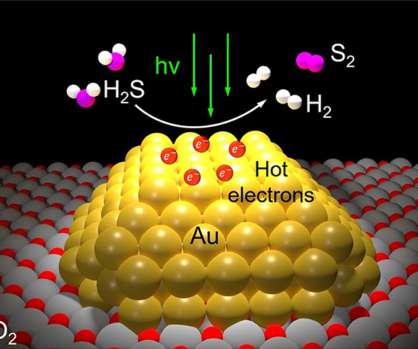DOE to award $28.35M for R&D on advanced processing of rare earth elements and critical minerals from coal-based resources
Green Car Congress
JANUARY 20, 2021
Scandium and yttrium are included in the manufacture of cell phones, LED screens, solar panels, energy infrastructure, defense technologies, and other essential high-tech applications. AOI 2: Production of Critical Minerals (CM) (Excluding Rare Earth Elements or REE) from Coal-Based and Alternate Resources.






































Let's personalize your content